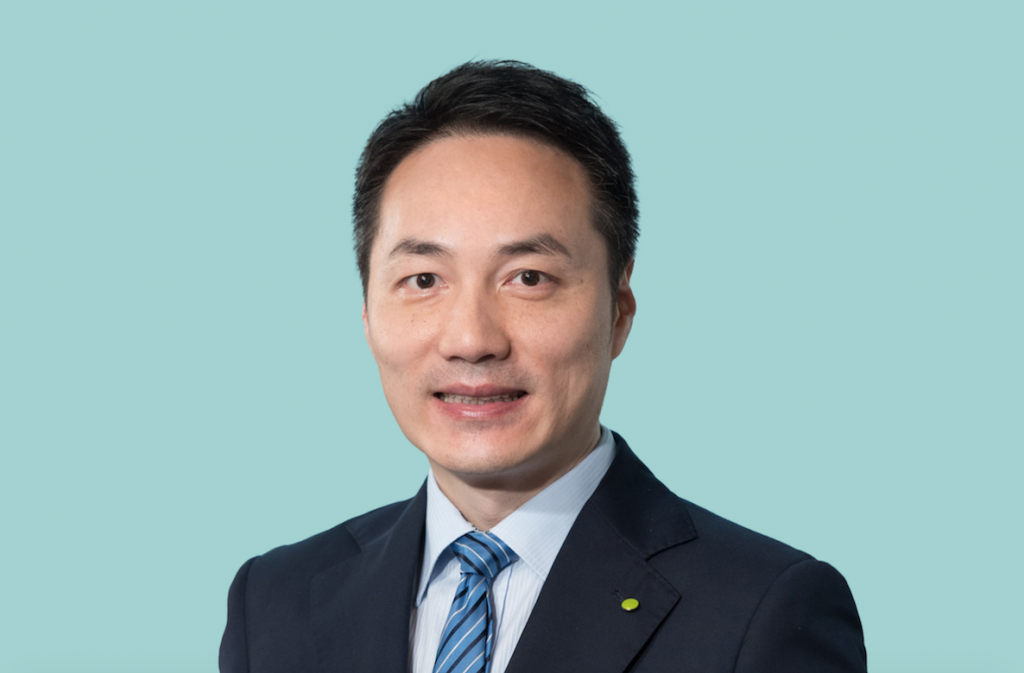Despite what might be seen as a slow start, the SPAC regime is a landmark reform that will boost Hong Kong’s allure to future Asian unicorns and global investors.
For companies, Hong Kong’s SPAC regime has created a new listing option that will have the added benefit of diversifying the HKEX, particularly by attracting more new economy companies from Mainland China and Asia in sectors like green energy, life sciences and healthcare, smart technology, and advanced manufacturing.
The SPAC regime will also provide greater valuation certainty for companies looking to raise funds, as innovative and tech-driven growth companies can be difficult to price through initial public offering (IPO) book building due to a lack of comparable peers.
For sophisticated investors’ portfolios, Hong Kong’s new SPAC regime has created a new, viable exit option in addition to a merger and acquisition or a conventional IPO.
It should also provide a boon for family offices, offering a wider array of private equity investment opportunities in high growth companies, and in the process, bringing Hong Kong closer to its goal of becoming a regional family office hub.
For the accounting and professional services community in Hong Kong, the SPAC regime will create opportunities to provide finance, accounting, tax, regulatory and compliance support at each stage of the SPAC life cycle.
Ensuring quality
While it may be easy to get caught up in the excitement of Hong Kong’s SPAC regime, it is comforting to know that the HKEX has put several quality control and investor protection measures in place to maintain market integrity.
To that end, Hong Kong is a “premium” SPAC regime, with comprehensive, secure parameters that ensure it targets a qualified niche of investors and businesses with substantive quality. Hong Kong SPAC IPOs are open only to professional investors, with retail investors only able to participate by buying the regular shares of a SPAC successor company. The priority clearly lies in ensuring quality listings rather than in attracting a high volume of SPAC IPOs.
These quality control and market integrity measures include a minimum IPO fund raising size of HK$1 billion, with suitability and eligibility requirements stating that at least one SPAC promoter is licensed by the Securities and Futures Commission.
Successor companies must also meet all of the HKEX’s regular listing requirements, including minimum market capitalization requirements and financial eligibility tests, with de-SPAC transactions regarded as new listing applications. A de-SPAC transaction is defined as a company merger involving a SPAC, a buying entity and a target private business. In addition, the de-SPAC target must be large enough that its fair market value would be at least 80 percent of the initial funds raised by the SPAC.
Moreover, de-SPAC transactions must take place within 24 months of a listing and acquisitions have to be completed within 36 months of a listing, or the original SPAC will be liquidated and all funds returned to investors, with interest.
Other important measures in the SPAC regime include a mandatory independent third-party investment. This is staggered to cater for de-SPAC targets of different sizes, ranging from 25 percent of the negotiated value of a target where the negotiated value is less than HK$2 billion, down to 7.5 percent where the negotiated value is equal to or more than HK$7 billion. This aims to offer additional comfort on the valuation of the de-SPAC target by sophisticated and professional investors.
Protecting investors
Due to a SPAC’s inherent structure, there will be a dilution of interest to post-merger shareholders, although the HKEX has put a cap on the promoter shares to 20 percent of the share count of the SPAC on listing. Sometimes, promoters may provide just 2 percent of an IPO’s value, yet receive
20 percent of the SPAC’s total equity.
That said, nearly every aspect of SPAC merger transactions is negotiable, and successor companies should be prepared to negotiate everything from their opening stock price and sponsor ownership stakes, to board composition, and beyond.
As more successor companies become engaged in negotiations, the quality and economics of deals are expected to improve in favour of post-merger investors.
Nonetheless, SPAC transactions come with unique challenges, and it is essential entities understand the associated risks and have a comprehensive project management plan to meet the demands of shorter merger timelines.
This tiered regime could enable Hong Kong to test a range of innovative investment products to see if they are suitable for the retail market, leading to the long-term enhancement of the investment and capital formation landscape while ensuring investor protection.
















